With the impact of COVID-19 and the subsequent cancellation of the majority of LEGO fan events and exhibitions (the primary outlet of my building) I began to look for other reasons to build, and I settled on a plan to ‘have a go at LEGO Ideas’.
I had a build that a few people had told me (rightly or wrongly) ‘should be on LEGO Ideas’ – my Neo-Classic Space ship, LL-997 Viper and I already had some good photos of it so one afternoon in early April 2020 I took the plunge and submitted it as a project to LEGO Ideas, I gave it a little bit of a push on a couple of Classic Space Facebook Groups and my social media accounts and it was off.
As I am writing this this was about two years and four months ago that I started my LEGO Ideas journey and I must admit I didn’t start off with much of a plan, just the idea to ‘stick my toe in the water’ and see what happened. I also must now admit that if I was to do the same thing again I would approach it in a completely different way.
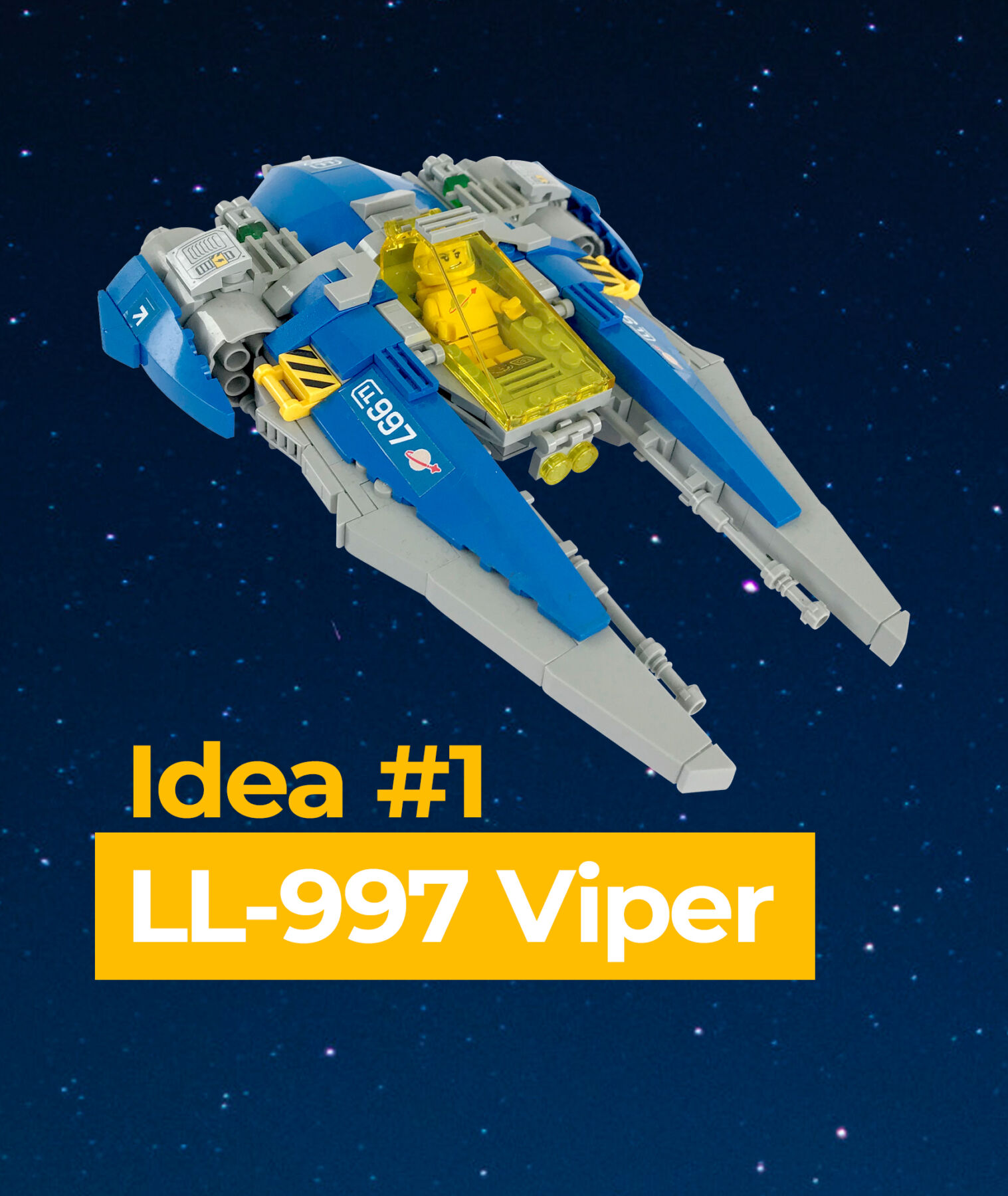


Over my time on LEGO Ideas I submitted three projects, one of which expired with less than 600 supporters as I was not able to find a big enough audience for it, and my original project also expired with a little over 2,100 supporters, though I am happy to say that my third project reached its end goal of 10,000 supporters on the 26th of November 2021 though was not selected to go into production. The whole process has been a learning opportunity and I wanted to write a post for anyone looking to submit a project to LEGO Ideas in future in terms of what I believe works, and the mistakes I made along the way. I hope it is helpful for some of you!
The task
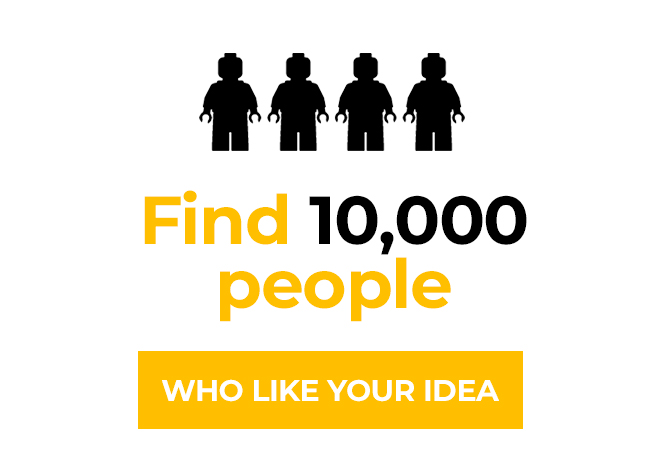
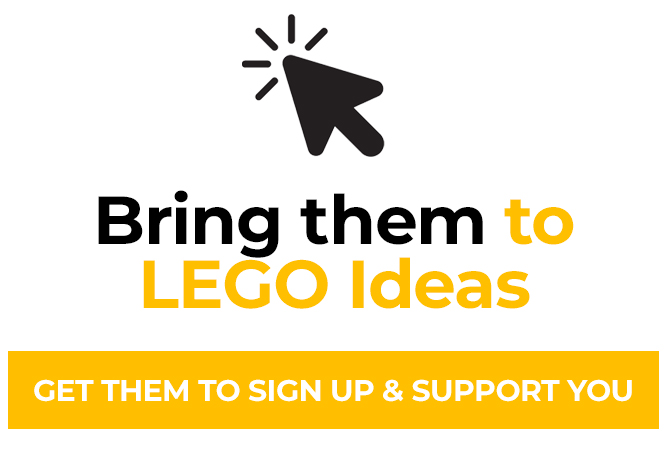
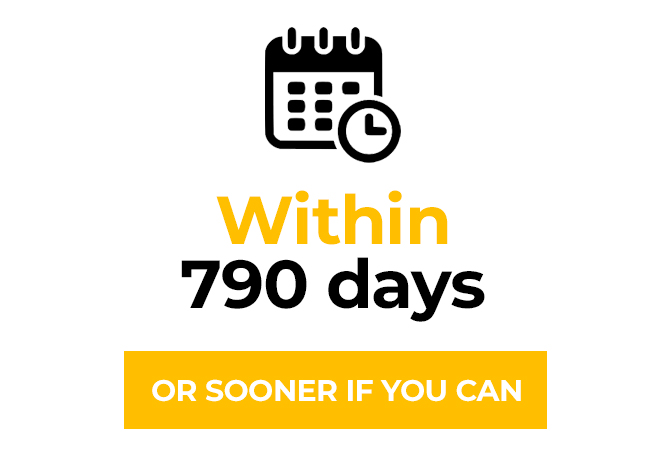
As far as I can see it, the task (and the only part of the LEGO Ideas process you can have any control over) is (apart from coming up with your idea of course) to find 10,000 people who believe that your idea has merit – and could be a LEGO set – and convince them to support your project within 790 days.
What this actually means is that you have to find them wherever they may be and convince them with your words and choice of imagery to take time out from whatever they were doing, click on your project link, go to the LEGO Ideas website, sign up for a LEGO Ideas account and click the support button on your project page.
Some people are under the misapprehension that you just submit your idea and people will stumble across it somehow and if it is a good enough idea they will support it. It would be nice if it worked this way, but if you submit your project and do nothing to promote it yourself, you will ultimately be unsuccessful.
A little note about success:
 When undertaking the LEGO Ideas process you have to have a reason besides having your idea made into a LEGO set, as ultimately the vast majority of ideas submitted will not become sets. If you only gauge your success on LEGO Ideas by this one metric you will most likely be disappointed, and ultimately waste a lot of your time and effort.
When undertaking the LEGO Ideas process you have to have a reason besides having your idea made into a LEGO set, as ultimately the vast majority of ideas submitted will not become sets. If you only gauge your success on LEGO Ideas by this one metric you will most likely be disappointed, and ultimately waste a lot of your time and effort.
From my point of view there are other benefits to the LEGO Ideas process that have definite outcomes, and I will talk about them below.
The idea
So, understanding what the task at hand is leads you down a particular path, the first step of which is having an idea that you believe in, and by this I don’t mean something that you like, or think is cool, but something that you believe has a large enough potential audience and that you personally believe in enough to spend up to two years of your time promoting.
If you do not believe in your idea it is unlikely that you will be able to convince others of its merit or persevere to reach your goal.
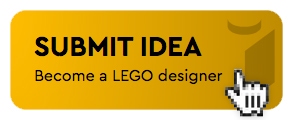 The first thing you need to do (if your idea is based on a licensed property/IP) is make sure your idea is able to be a LEGO set, you can do this at any time by going to the LEGO Ideas website and clicking on Submit Idea. The first question you are asked is if your idea is based on a licenced IP and if so you can enter it to get an immediate answer as to whether it can be submitted. Two of my ideas were based on previous LEGO themes, and were okay to submit, my third (and might I add most successful) idea is not based on any IP, I personally think this is the best way to go, but to each their own!
The first thing you need to do (if your idea is based on a licensed property/IP) is make sure your idea is able to be a LEGO set, you can do this at any time by going to the LEGO Ideas website and clicking on Submit Idea. The first question you are asked is if your idea is based on a licenced IP and if so you can enter it to get an immediate answer as to whether it can be submitted. Two of my ideas were based on previous LEGO themes, and were okay to submit, my third (and might I add most successful) idea is not based on any IP, I personally think this is the best way to go, but to each their own!
Once you have your idea that you believe in and are convinced (research is your friend) there is a big enough potential audience of supporters out there for it, you need to build it (physically or digitally, it really does not matter which). The aim of the build is not to create a finished product, but to create a convincing concept for a set. Don’t get too caught up in the realities of what the finished set will be as ultimately you will not be involved much (if at all) in that process. The only real consideration that you need to take into account is that it contains less than 3,000 pieces (digital building software makes keeping track of this pretty simple).
A big enough audience:
 A lot of the reason behind the ultimate failure of my first two projects on LEGO Ideas is that I did not consider the potential audience size, both of the projects – LL-997 Viper and Catherine Cat’s Café were based on/inspired by vintage LEGO themes from the 70s/80s (Classic Space and Fabuland respectively) and whilst there are passionate fan bases out there for each of these vintage themes, they are small fan bases, and only ever going to get smaller. You only need to look at the membership numbers for their fan groups on Facebook (and other social platforms) versus other LEGO themes/category fan pages. I did not do this, I found out the hard way when I started to promote them.
A lot of the reason behind the ultimate failure of my first two projects on LEGO Ideas is that I did not consider the potential audience size, both of the projects – LL-997 Viper and Catherine Cat’s Café were based on/inspired by vintage LEGO themes from the 70s/80s (Classic Space and Fabuland respectively) and whilst there are passionate fan bases out there for each of these vintage themes, they are small fan bases, and only ever going to get smaller. You only need to look at the membership numbers for their fan groups on Facebook (and other social platforms) versus other LEGO themes/category fan pages. I did not do this, I found out the hard way when I started to promote them.
Showcasing your idea
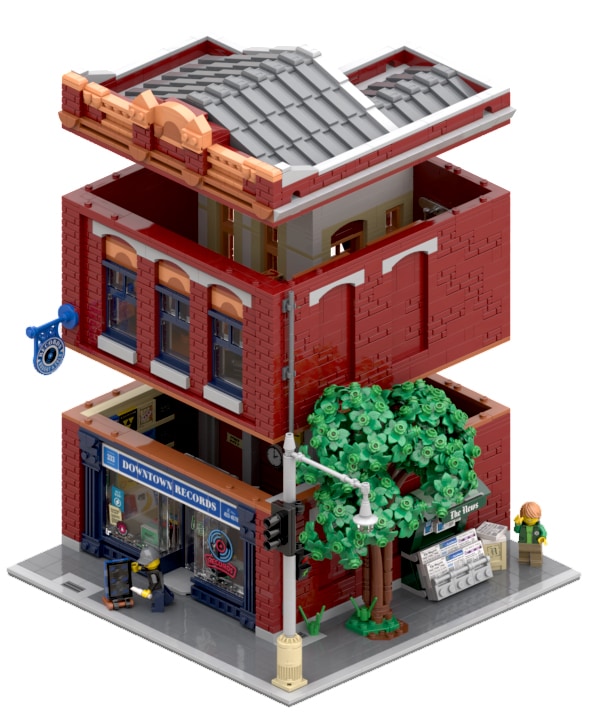 Once you have built your idea you need to create the best materials to showcase it, and convince your audience of its potential as a LEGO set. The best way to do this is by creating the most compelling imagery you can (either through photography or 3d rendering) showing all the aspects of your idea that you believe will appeal to your audience, show your idea for every angle and highlight all its features in closeups.
Once you have built your idea you need to create the best materials to showcase it, and convince your audience of its potential as a LEGO set. The best way to do this is by creating the most compelling imagery you can (either through photography or 3d rendering) showing all the aspects of your idea that you believe will appeal to your audience, show your idea for every angle and highlight all its features in closeups.
I generally create my images in BrickLink Studio and edit them in Adobe Photoshop. I use these images for uploading to LEGO Ideas at submission, but also for posting to social media platforms and as components in the creation of promotional videos.
Almost as important as the images is the text that you will use both on your Ideas project page but also when promoting your idea on social media.
Tell the audience about what makes your idea unique, why they would want to support it and all its features. You can of course hone and refine this text over time by editing your project after it is approved (LEGO Ideas will let you do this once every 30 days for the duration of the project).
Submit your idea
 Once you have created the visual assets and promotional words for your idea, the next step is to submit it. Go to the LEGO Ideas website and click on Submit Idea. The website will guide you through the required steps and then you will need to wait for the Ideas team to approve it. Some times it is pretty quick, other times it takes a day or so.
Once you have created the visual assets and promotional words for your idea, the next step is to submit it. Go to the LEGO Ideas website and click on Submit Idea. The website will guide you through the required steps and then you will need to wait for the Ideas team to approve it. Some times it is pretty quick, other times it takes a day or so.
The real work starts
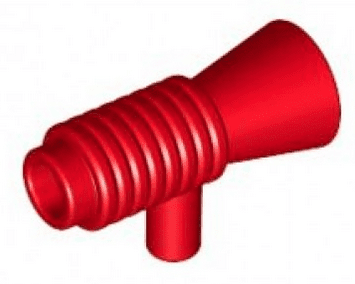 Okay, so once you have an approved project on the LEGO Ideas website, it is time to get to work on promotion.
Okay, so once you have an approved project on the LEGO Ideas website, it is time to get to work on promotion.
As you are no doubt aware there are several milestones to a LEGO Ideas project, that is the achievement of 100, 1000, 5000 and 10000 supporters. Making it to each level within the assigned timeframe extends the time that you have to reach your goal before your project expires on the platform. Each one is also a personal achievement, it should feel like an achievement when you reach them.
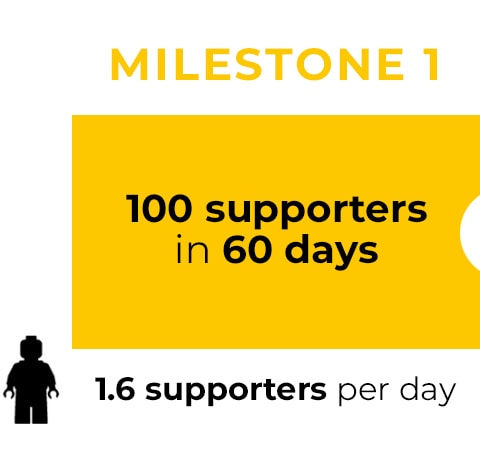
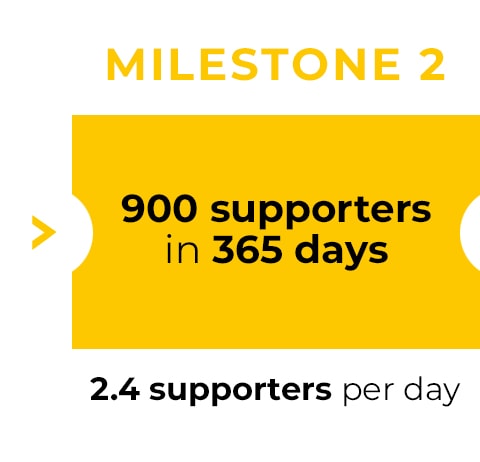
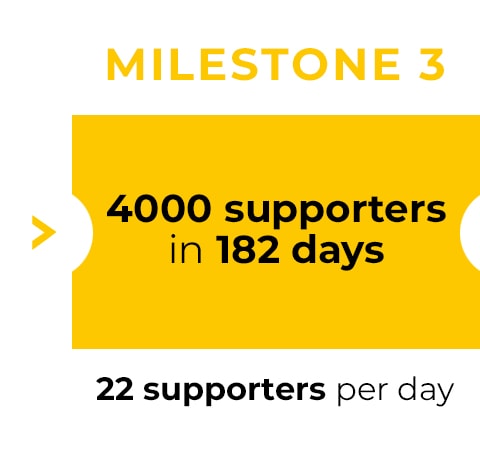
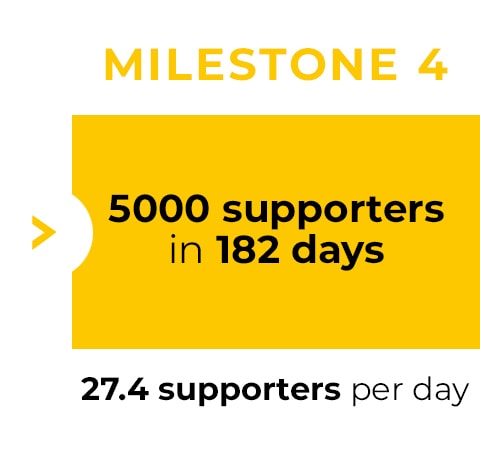
Most projects will reach the first milestone very quickly, but it exists for a very good reason, namely to weed out projects with very little potential to succeed. Odds are if you can’t find 100 people to support your project in 60 days (that is an average of only 1.6 people per day), it was probably not worth submitting it in the first place.
Once you get past 100 supporters the next milestone is more substantial, a further 900 supporters in 12 months (to reach 1,000 supporters in total) this sounds like a lot more than 100 people, but it is still only a very low daily average – only 2.4 people per day. Once you reach 1,000 supporters the next two stages have a much higher required daily average (22 for milestone 3 and 27.4 for milestone 4), this is where you need to plan to actively promote your project. I must admit that with my first two projects I did not do this, but I did it pretty consistently the whole way through my third (the successful one) project and I kept two files updated along the way, a spreadsheet of each day’s supporters (LEGO Ideas provides you with these statistics) and a list of all the places I promoted my project.
I have had the most traction from the following places:
- Reddit: posting to groups that concern the content/theme of your idea as well as the r/lego group – though you can only really post there once as their current moderation team are not supportive of LEGO ideas projects.
- Facebook groups/pages: by far the majority of my supporters have come from promoting my projects on Facebook groups and pages. My advice would be to join any and every Facebook group/page that your project suits, these could be LEGO groups/pages or any other group/page whose audience the content/theme of your project will appeal to.

The spreadsheet:
My spreadsheet is where I tracked each day’s supporters against all the other days for the life of the project, because I gathered this information it also allowed me to gauge accurately how my project was tracking and forecast what I needed to do to keep it rolling along to reach my goal. For instance it allowed me to accurately predict how many supporters my project would get each week, see how the daily supporter amounts changed depending on when I had last promoted the project and therefore how often I needed to promote it. It also told me (with adjustments as the data was updated) when I should hit particular milestones and therefore I could confidently make decisions about how and when to promote the project.

The list:
I listed all the places I promoted my project with links to each page/group to make my promotion activity as quick as it could be (the promotion is the least enjoyable part of the process – so I wanted to spend as little time as possible doing it). Over time I added new places and removed places that are not as successful. In the end there were 41 places that I promoted my project to regularly on my list.
My project by the numbers
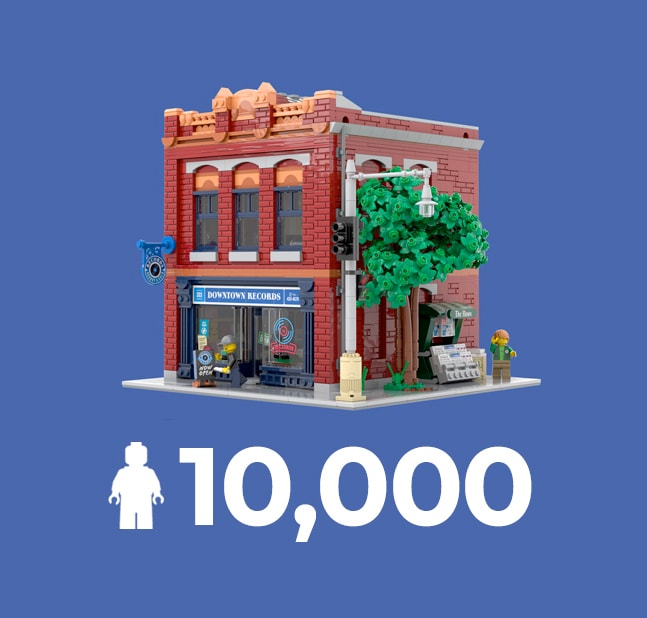
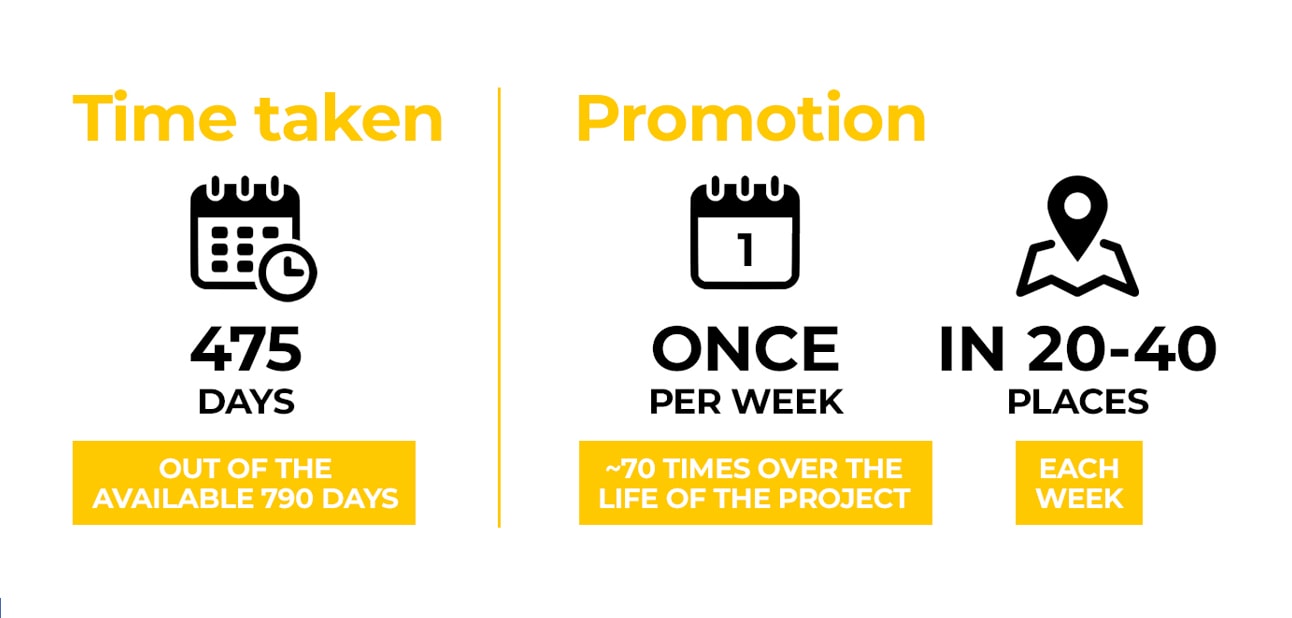
To get my Downtown Records project to 10,000 supporters on LEGO Ideas took 475 days (1.3 years / 15.8 months / 67.8 weeks) of the available 790 days.
In that time I promoted my project no more than once per week (~70 times over the course of the project), in about 20-40 places each week – less to start with and then more as the project went on and I discovered more places to promote it.
The negatives
 When you put anything out into the world you need to be prepared for a negative response.
When you put anything out into the world you need to be prepared for a negative response.
- Some people will feel the need to give you negative feedback about your project, with my own projects this has ranged from constructive criticism (eg: “I think you should have done it like this”), to reasons why they believe your idea will ultimately fail (I received a lot of comments telling me that “LEGO never releases modular buildings as Ideas sets” for example) to telling you that my idea looks like something else they have seen (I got a few comments to this effect about my Viper, some Star Wars fanboys can be a little short sighted and can’t really see past their beloved franchise).
- You may also feel like you are spamming people, it is not a nice feeling, and self promotion is not something that most people are any good at. However I can not stress how much of a necessary part of the LEGO Ideas process it is. I personally have had only four or so people tell me that they thought my posts were spam over the entire year and a half that I spent promoting my projects. These people certainly made me doubt my methods and I did initially take their words on board, but at the end of the day, the overwhelming positive support outweighs a few negative people and I apologised that they felt that way and told them it was not my intention to spam anybody.
- People will tell you that you are wasting your time and that you should have released it as instructions for sale instead of submitting it to LEGO Ideas, I am really not sure about this one, as I personally would have to be sure of a good financial return to justify spending all the time and effort of making usable instructions for a 3,000 piece build.
- Most likely, even if you make it to 10,000 supporters within your 790 day limit, your idea will not be made into a LEGO Ideas set.
The positives
 Obviously the biggest positive of the process – if you make it to the 10,000 supporters goal – is that you will have your idea considered by LEGO to be adapted into an official LEGO set.
Obviously the biggest positive of the process – if you make it to the 10,000 supporters goal – is that you will have your idea considered by LEGO to be adapted into an official LEGO set.
But quite apart from that, as I mentioned above, there are some pretty great positives that you get, just from submitting a project to LEGO Ideas.
No matter how far you get:
- Awareness, not just of your project but of you as a builder, and what you like to build. This can be very useful depending on what you plan to do beyond/once your LEGO Ideas project has run its course.
- Traffic to your website/blog/social media, so long as you add links to them from your LEGO Ideas profile/project page of course.
- The overwhelming majority of feedback that you will receive is friendly, enthusiastic and supportive.
- You will get a kick out of people liking your idea, choosing to support it and sharing it with their friends and family.
- You will discover a community of like minded people who will support you and you can support them in their LEGO Ideas journey.
If you make it to the 10,000 supporters goal:
- You will be interviewed on the LEGO Ideas website about your journey as a builder, your project and this article will also contain links to your website/blog/social media. Here is my 10k Club Interview, if you are interested in checking it out.
- You may have your project featured in publications and blogs. Here are a few of mine: 1, 2, 3, 4, 5
- You get a neat little ’10k Club Member’ badge on your LEGO Ideas profile reflecting that you are amongst the few people who have managed to get their project to 10,000 supporters.
- You get to choose some LEGO sets, up to an agreed value, as a consolation prize.
The End
 So, that’s it for me, as I said before, despite reaching 10,000 supporters within the required timeframe, my Downtown Records project did not get chosen to become an official LEGO set. I do have to say that this is exactly the outcome I expected from LEGO Ideas – so I am not really disappointed – it is after all the same outcome that the vast majority of projects that do make it to 10,000 supporters reach.
So, that’s it for me, as I said before, despite reaching 10,000 supporters within the required timeframe, my Downtown Records project did not get chosen to become an official LEGO set. I do have to say that this is exactly the outcome I expected from LEGO Ideas – so I am not really disappointed – it is after all the same outcome that the vast majority of projects that do make it to 10,000 supporters reach.
I have been asked whether I would submit another project to LEGO Ideas and I have to say that whilst I do have several ideas in various stages of completion, for the time being I do not have a plan to submit any other projects to the platform. This could change in the future of course, but at the moment I am quite happy that events are back and I am able to build and display again.
I hope this information about my experiences with LEGO Ideas is useful to you, and if it is, please let me know so that I can support your project!

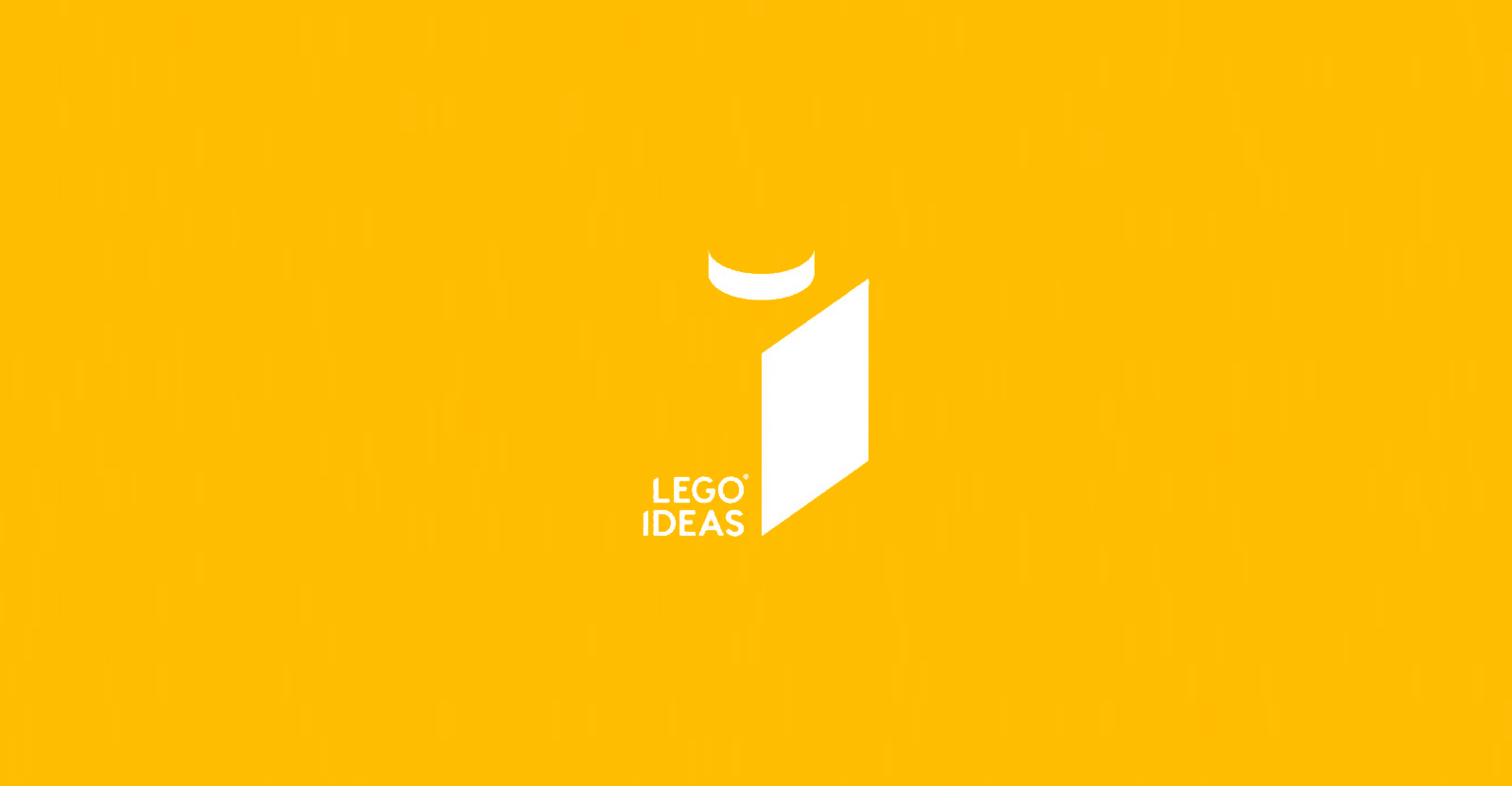

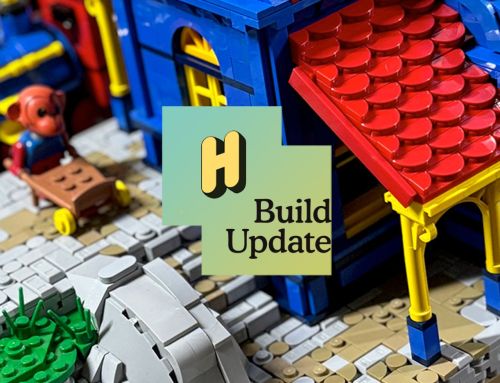
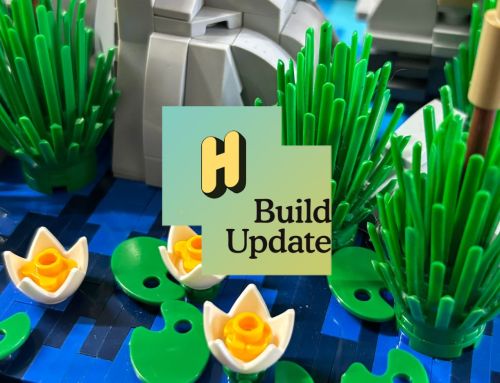
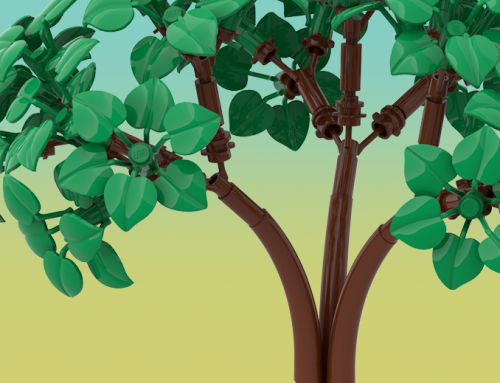


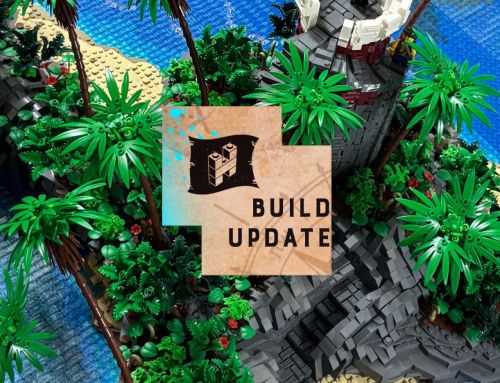



This article was so informative for Lego Idea builders. I really think it helped in my promotion efforts. Thank you! I hope to see what you come up with next should you enter again.
Thank you, glad it was helpful to you!
Thank you for this article. Very helpful and realistic. My LEGO Ideas (Magical Maui Sunset) has been live for 2 days now. Great idea to make a spreadsheet to track, I will be doing that.
Great article. I’m curious to know what are those 40 places where you posted on a weekly base. Tks